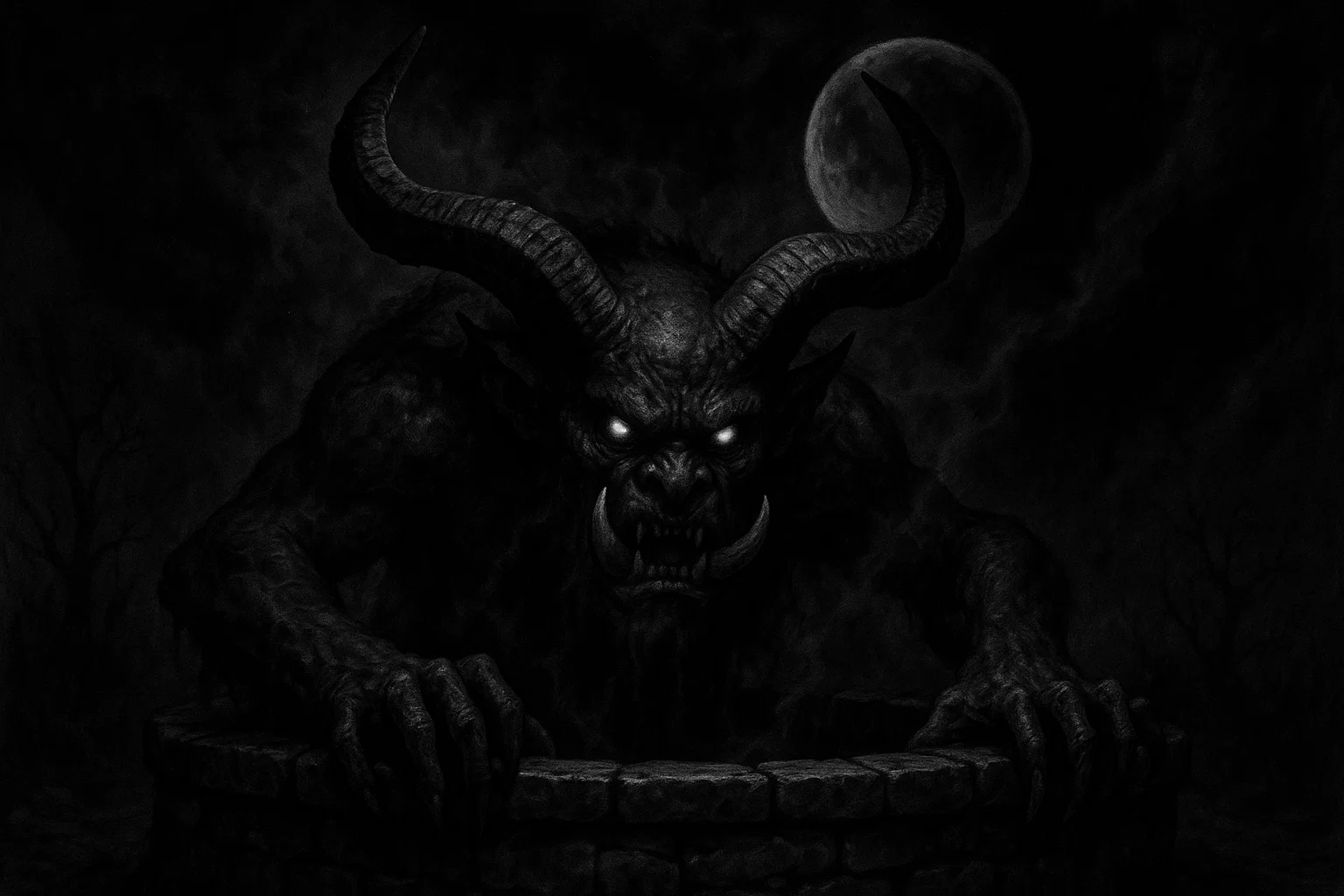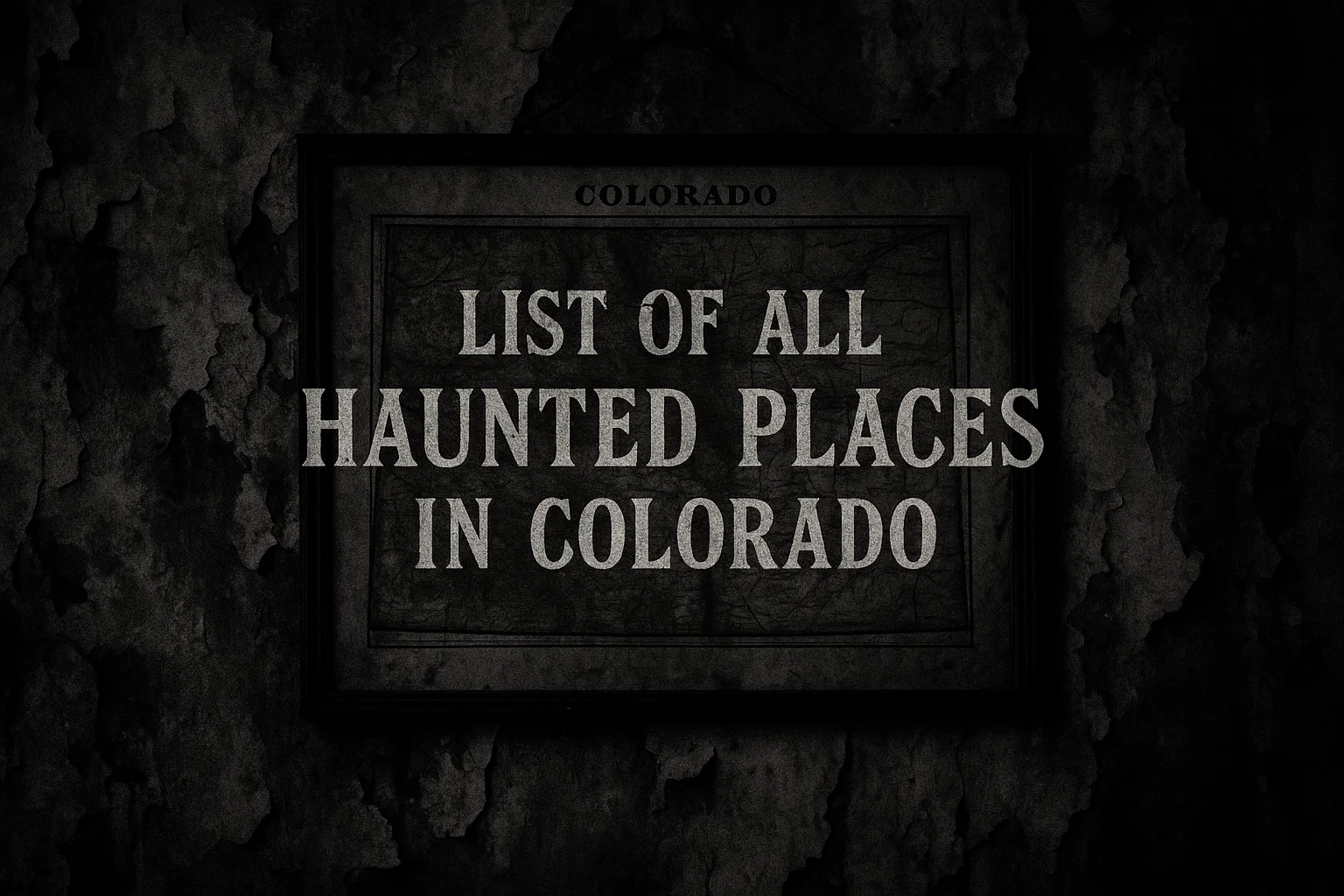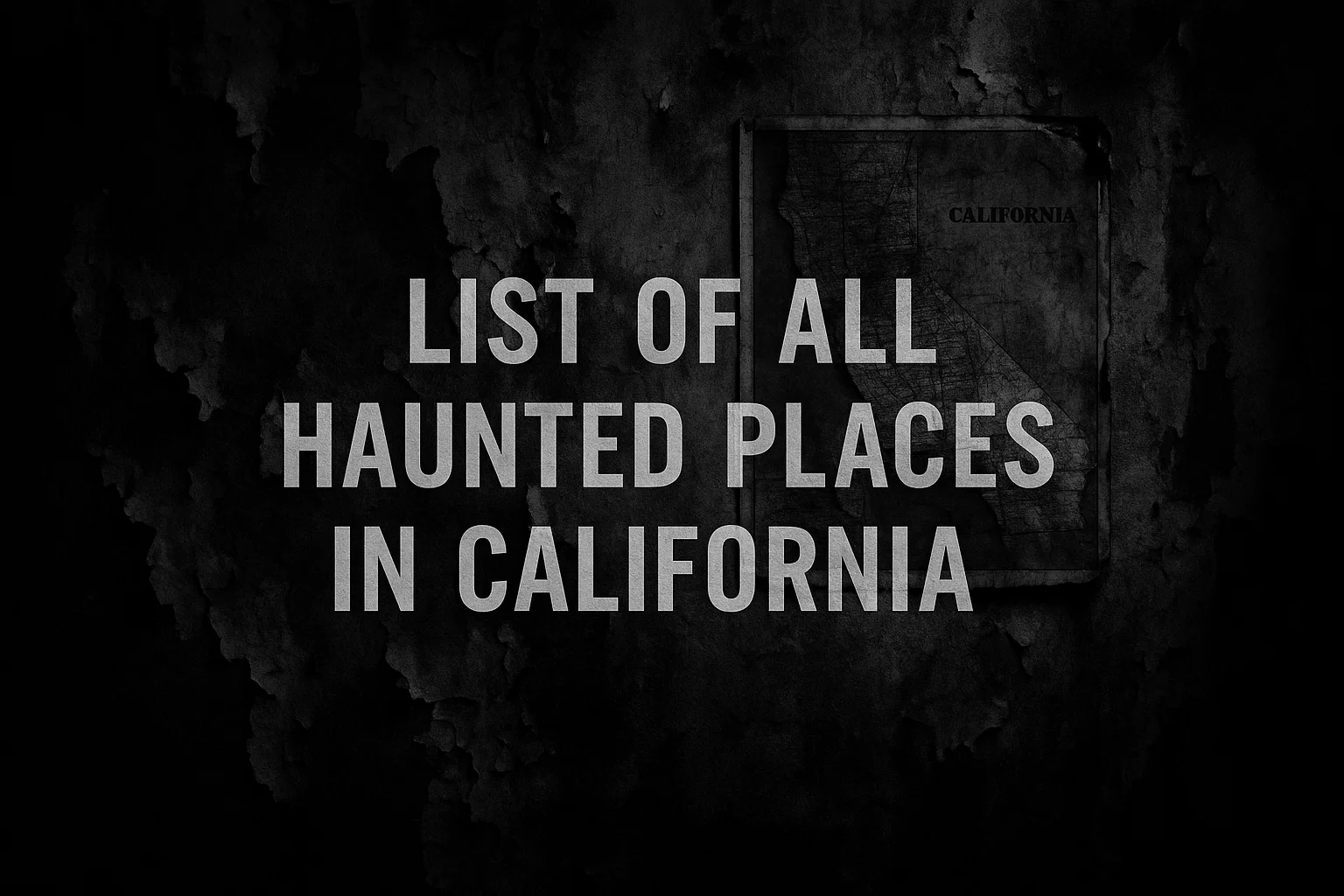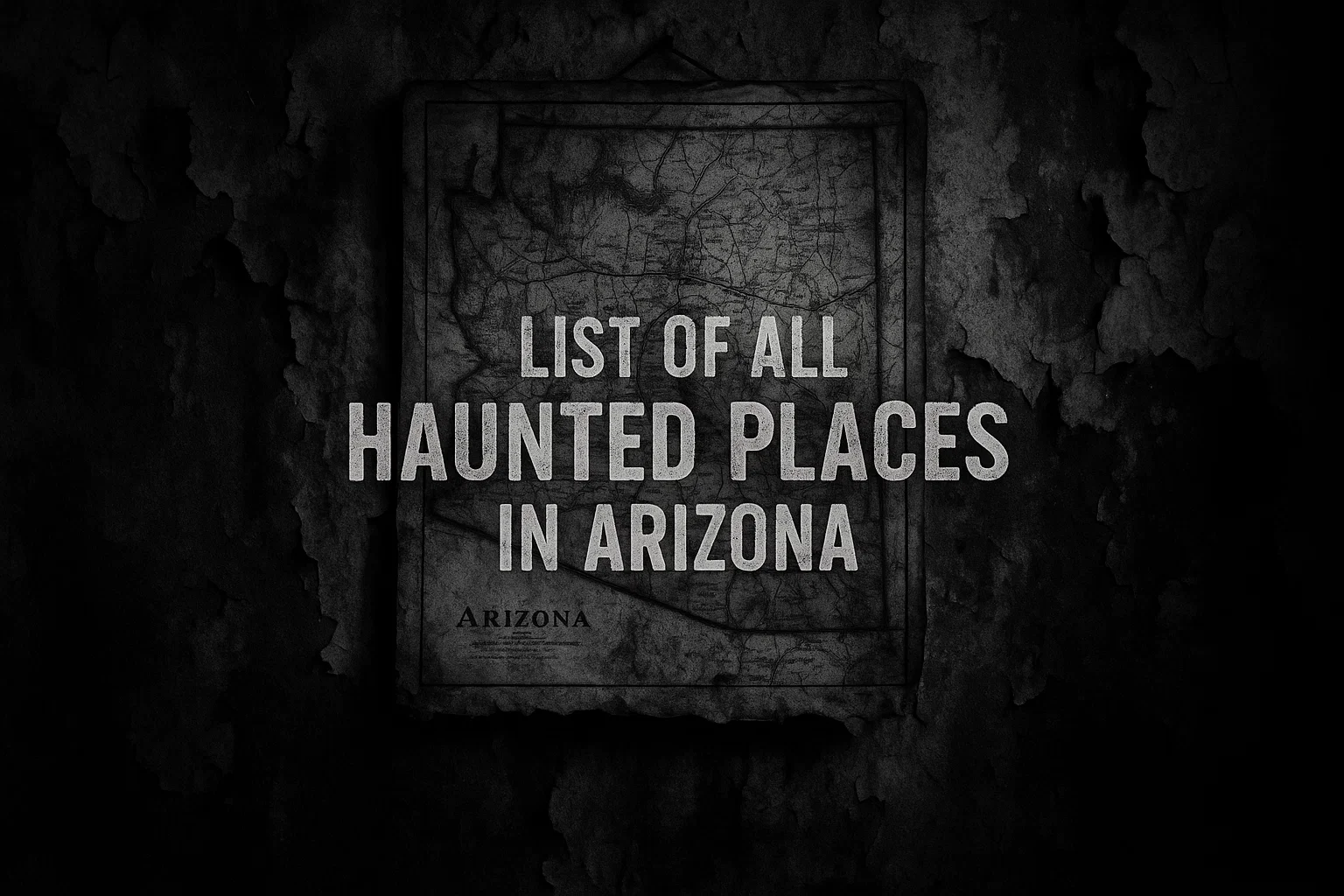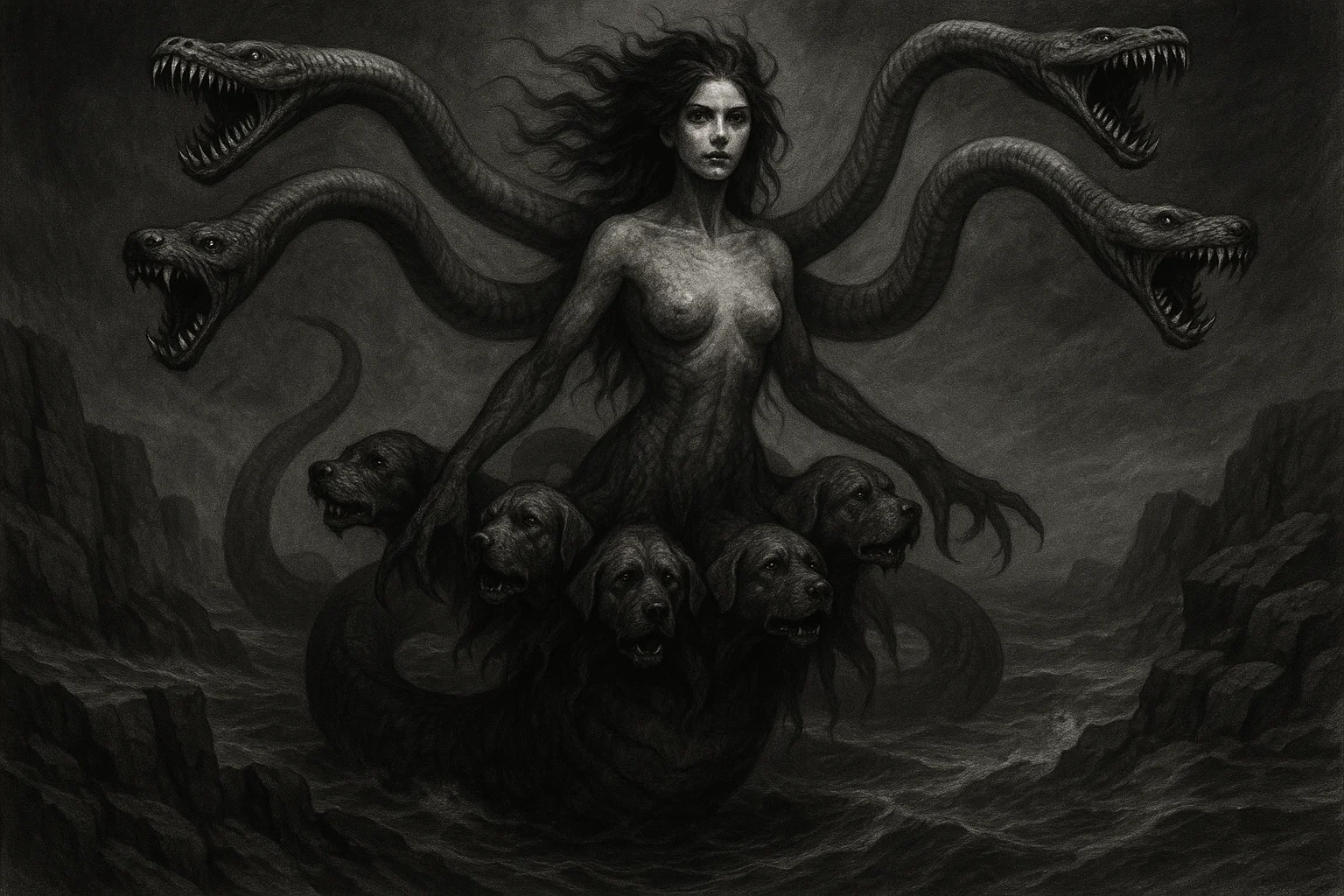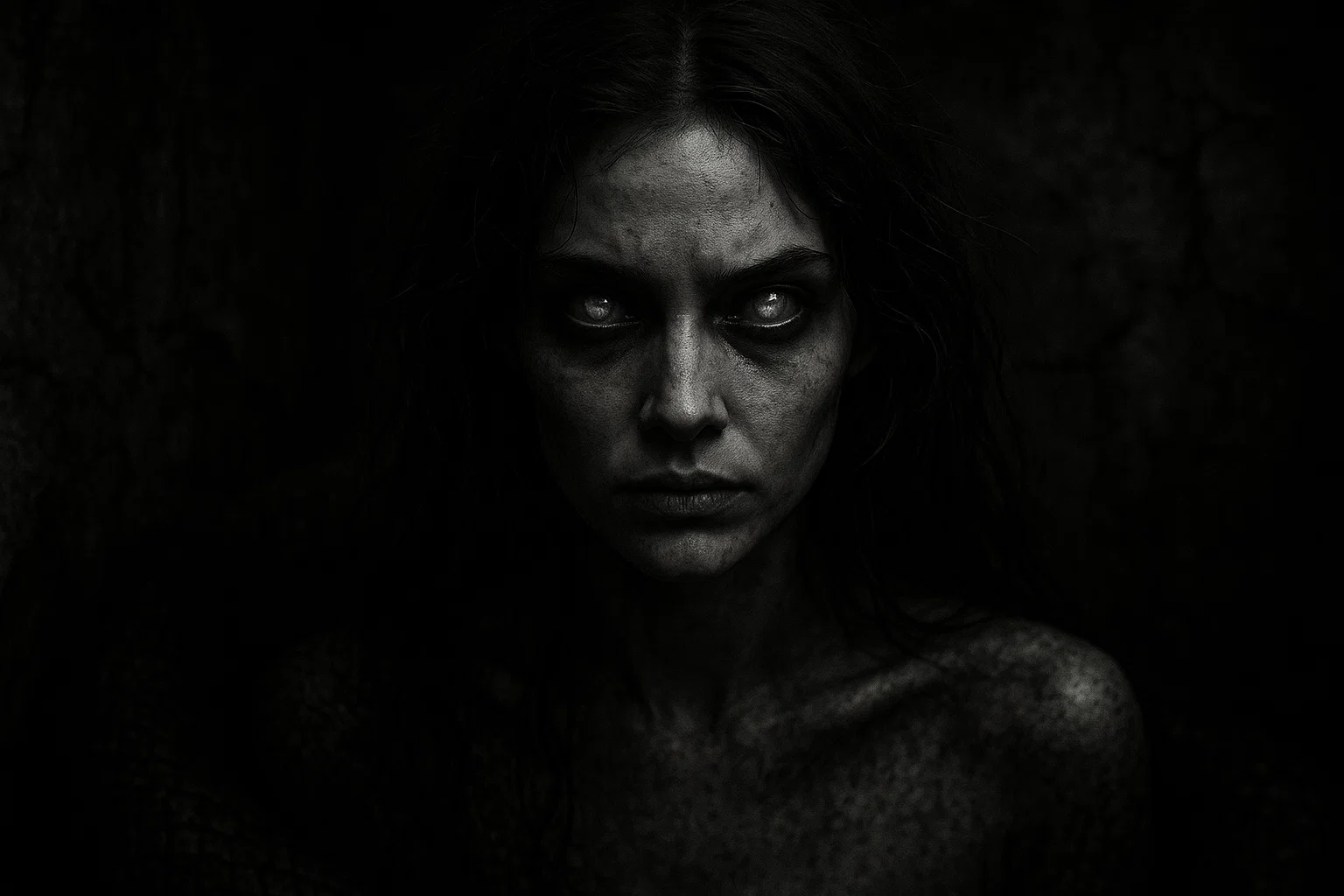The Div is a monstrous embodiment of primal fury. These colossal entities, born from the demonized echoes of forgotten gods, stalk the fringes of human ambition, their horns piercing the veil between worlds and their tusked maws craving the folly of mortals.
As guardians of disorder in Persian and Islamic traditions, the Div challenge heroes with sorcery and brute might, their legends etched into epics that blend terror with the thrill of conquest.
Long before the rise of structured faiths, the Div prowled the collective imagination of Middle Eastern cultures, evolving from celestial beings into harbingers of night. Their tales, woven through folklore and sacred texts, evoke a timeless struggle against the unknown, inviting readers to confront the monstrous within.
Yet, amid the dread, glimmers of cunning victory persist, hinting at the fragile line between defeat and dominion.
Summary
Key Information
| Attribute | Details |
|---|---|
| Name | Div (دیو), Dev (دیو), Daeva (Avestan: 𐬛𐬀𐬉𐬎𐬎𐬀), Dēw (Middle Persian: 𐫅𐫏𐫇) |
| Title | Fiend of Chaos, Ogre of the Desert, White Div (Div-e Sepid), King of Demons (in some folktales) |
| Gender | Typically male, though female variants exist in folklore as counterparts to benevolent peris |
| Role | Antagonists in heroic epics; embodiments of evil, sorcery, and natural disasters; servants of Ahriman in Zoroastrianism |
| Hierarchy | Mid-tier demons under Ahriman (Zoroastrian) or Iblis (Islamic); chieftains like Div-e Sepid rule lesser divs in Mazandaran |
| Servitors | Lesser divs, ghouls (confused in folklore), shape-shifting minions like Akvan Div |
| Superior Demon | Ahriman (Angra Mainyu) in Zoroastrian lore; Iblis or shayatin in Islamic adaptations |
| Powers | Immense strength, sorcery (storms, illusions, blindness), shape-shifting (into animals or storms), regeneration, soul-binding to objects |
| Appearance | Gigantic humanoid with horns, boar-like tusks, leathery skin; often red or black, with fiery eyes and claws; clad in beast pelts |
| Etymology | From Avestan daēuua (“false god” or “demon”); cognate with Sanskrit deva (“god”), inverted in Zoroastrian demonization |
| Associated Figures | Rostam (heroic slayer), Kay Kavus (captive king), Zahhak (serpent-king allied with divs), peris (eternal foes) |
| Weaknesses | Iron bindings (horseshoes, needles), destruction of soul-object, daylight (weakens nocturnal power), heroic cunning over brute force |
| Opposing Angel/Saint | Mithra (Zoroastrian yazata of light and contracts); Archangel Michael in Islamic syncretism |
| Equipment/Tools | Iron clubs, magical storms (hail and boulders), soul-vessels (hidden objects like wells or gems) |
| Pantheon | Zoroastrian (daevas under Angra Mainyu); Persian-Islamic (fiends alongside jinn and shayatin) |
Etymology
The name Div traces its roots deep into the linguistic soil of ancient Iran, emerging from the Avestan term daēuua, which denoted a class of supernatural beings in the sacred texts of Zoroastrianism.
This word, pronounced roughly as “day-va,” originally carried connotations of “shining ones” or “celestial entities,” sharing an Indo-Iranian heritage with the Sanskrit deva, meaning benevolent gods in Vedic traditions. Scholars trace this shared etymology to the Proto-Indo-European root deiwos, evoking the divine sky father Dyēus Phtēr, from which the Latin deus (god) and Greek Zeus also descend.
In Zoroastrian reform, however, the inversion was profound. Zoroaster, the prophet who shaped the faith around 1500–1000 BCE, recast the daēuua as malevolent forces, “gods to be rejected” in the Gathas, the oldest hymns of the Avesta.
This demonization likely stemmed from a theological schism: while Indian Vedic culture elevated the deva as divine allies against chaotic asuras, Iranian priests elevated ahura (such as Ahura Mazda, the wise lord) and vilified daēva as agents of Angra Mainyu, the destructive spirit. The shift transformed luminous deities into shadowy fiends, embodying druj—the cosmic lie or chaos.
By Middle Persian times (3rd–9th centuries CE), dēw solidified as the standard term for demons in texts like the Bundahishn, a cosmogonic treatise. Here, divs are explicitly Ahriman’s creations, countering Ahura Mazda’s benevolent order.
The term’s phonetic evolution—from Avestan daēuua through Old Persian daiva to New Persian dīv—mirrors cultural adaptations. In Islamic Persia after the 7th century, div merged with Arabic shaytan (devil) and ifrit (powerful jinn), appearing in translations of the Quran where jinn are rendered as divs, blurring the lines between indigenous fiends and imported spirits.
This etymological journey underscores a broader Indo-Iranian divergence: what one culture deified, the other diabolized. The div’s name thus encapsulates a theological pivot from reverence to revulsion, a linguistic relic of ancient rivalries between light and shadow.
In folklore, it evokes not just terror but a reminder of inverted truths—divs, like their name, promise divinity but deliver deception.
You May Also Like: The Dark Demon Seth: God of Chaos in Egyptian Mythology
What Does the Demon Div Look Like?
Towering over mortals like storm clouds given form, the Div cuts an imposing silhouette in Persian folklore, blending humanoid grace with bestial savagery. Their bodies, scaled to gigantic proportions—often thrice the height of a man—boast broad, muscular frames sheathed in thick, leathery hide that shifts from mottled black to fiery red, evoking the scorched earth of desert wastelands.
Horns, sharp and curving like scimitars, crown their heads, numbering two or more, while jagged tusks protrude from boar-like maws, yellowed and fearsome for rending flesh. Eyes glow with infernal fire, slitted and unblinking, piercing illusions to reveal hidden fears. Clawed hands, ending in talons as long as daggers, grasp iron clubs or summon tempests, and their pelts—tiger or lion skins tied at the waist—reek of blood and brimstone.
Yet, variability haunts their form: some divs sprout multiple heads or arms, others bear serpentine tails or wings of shadow. Shape-shifters by nature, they mimic beasts—onagers, lions, or storms—to ensnare the unwary, their true visage a grotesque parody of humanity, twisted by chaos into eternal hunger.
Historical and Mythological Background
The Div‘s saga unfolds across millennia, from Zoroastrian scriptures to epic poetry, as harbingers of cosmic strife.
In pre-Zoroastrian Iran, they lingered as semi-divine echoes, but Zoroaster’s teachings around 1200 BCE recast them as Angra Mainyu’s legions, warring against creation in the Avesta’s Younger Yashts. By Sassanian times (224–651 CE), Pahlavi texts, such as the Bundahishn, depict divs assaulting the world’s dawn, only to be repelled by divine fire.
Islamic conquest infused new layers, blending divs with jinn in 9th-century exegeses, yet their Persian essence endured in folktales. The zenith arrives in Ferdowsi’s Shahnameh (c. 1010 CE), where divs embody Mazandaran’s wilds, clashing with Iran’s kings in tales of hubris and heroism.
Rostam’s Seven Labors
In Shahnameh’s pivotal arc, King Kay Kavus, blinded by arrogance, mounts a foolhardy assault on Mazandaran, the divs’ fog-shrouded realm. Arash the archer scouts the land, but divs under Arzhang ambush the Persians, conjuring hailstorms of boulders and blinding fog. Kavus and his paladins fall captive, their eyes seared by sorcery, chained in subterranean gloom.
Rostam, the mighty hero, vows rescue, embarking on seven grueling labors: slaying a lion in the wilderness, enduring thirst in a barren waste, battling a cunning dragon that poisons the air, wrestling a female demon who guards a hidden spring, outwitting seductive witches in a veiled palace, crossing a treacherous bridge over churning rapids, and finally confronting the White Div.
Each trial tests not just strength but wisdom, as divs exploit illusions and traps. Rostam’s perseverance shatters their enchantments, freeing the king with the White Div’s blood as an antidote.
This legend, spanning the second book of the Shahnameh, symbolizes the triumph of Iranian order over chaotic frontiers, with divs serving as metaphors for the perils of untamed nature.
You May Also Like: Who Is Aka Manah? The Terrifying Demon of Wicked Intention
The Treachery of Zahhak
Zahhak, the serpent-shouldered tyrant, rises in Shahnameh’s mythic prelude, aided by divs who whisper corruption into his ear. Once a just ruler, Zahhak succumbs to Ahriman’s guile—or Iblis in Islamic retellings—when divs anoint his shoulders with serpents that demand brains daily, twisting him into a monster. Divs flock to his banner, their sorcery fortifying his iron-fisted reign over Pishdadian lands.
The div Arfakhshād, a shape-shifting fiend, teaches Zahhak forbidden arts: necromancy to raise undead legions and storms to ravage harvests. Under Zahhak’s command, divs sow famine and plague, their nocturnal raids devouring villages. Jamshid, the enlightened king, falls sawn asunder by Zahhak’s div-forged blade, his golden age shattered.
Fereydun’s rebellion culminates in the fray at Alborz peaks, where divs unleash tempests, but Kaveh’s leather-apron banner rallies the oppressed. Fereydun binds Zahhak to Mount Damavand, dooming his div allies to exile. This cycle underscores divs as enablers of tyranny, their defeat heralding renewal.
Akvan Div and the Onager Herds
Amid Kay Khosrow’s reign, the shape-shifting Akvan Div sows discord by herding enchanted onagers into Iranian pastures, luring horses to stampede and warriors to folly. Disguised as a radiant stallion with a black mane, Akvan scatters flocks, his form a whirlwind of dust and thunder.
Rostam pursues, roping the beast only for Akvan to dissolve into mist, hurling the hero into the Caspian Sea. Drifting three days, Rostam washes ashore on a div-haunted isle, slaying guardians to reclaim his gear. Returning, he tricks Akvan into a wrestling match, exploiting the div’s boastful inversion—Akvan, compelled to obey opposites, drowns when Rostam demands he “fly” into the waves.
This Shahnameh vignette highlights divs’ deceptive guile, countered by heroic riddles, blending peril with poetic justice.
Historical Mentions
| Text/Grimoire | Year | Description | Excerpt |
|---|---|---|---|
| Avesta (Younger Yashts, e.g., Yasht 5) | c. 1000–600 BCE | Divs as daevas, chaotic divinities rejected by Ahura Mazda; foes promoting disorder in cosmogonic wars. | “We worship the Fravashi of the holy Sraosha… who smites the Daevas, who are fiends that deceive, who are sorcerers and seducers.” (Yasht 11.5, adapted from Avestan) |
| Bundahishn (Greater Bundahishn, Ch. 1) | c. 9th century CE | Cosmological treatise detailing divs as Ahriman’s creations assaulting the world’s formation; countered by divine light. | “Ahriman rose up against the lights… and the divs rushed upon the material world… but Ohrmazd kindled the fire to burn them.” (Bundahishn 1.20–22) |
| Shahnameh (Book of Kings, by Ferdowsi) | 1010 CE | Epic portraying divs as monstrous antagonists in Mazandaran; slain by heroes like Rostam in trials of sorcery and strength. | “The divs of Mazandaran came forth like a black storm… with clubs of iron and eyes of flame, but Rostam struck the White Div’s head from his shoulders.” (Shahnameh, Moscow ed., Vol. 1, vv. 1500–1520) |
| Tarikh al-Tabari (History of Prophets and Kings, by al-Tabari) | 915 CE | Islamic chronicle blending Persian lore; divs as pre-Adamic demons preceding jinn, warring against peris. | “Before Adam, the divs ruled the earth… malicious spirits of smoke and fire, foes to the benevolent peris.” (Tarikh, Vol. 1, p. 458) |
| One Thousand and One Nights (MacNaghten ed.) | 1839–1842 CE (compiled earlier) | Folktale collection confusing divs with ifrits; shape-shifters bound by Solomon, tempting mortals with illusions. | “The div appeared as a mighty onager… but the sage bound him with the ring of Sulayman, and he vanished in smoke.” (Night 458, adapted) |
You May Also Like: Bushyasta: The Zoroastrian Demon of Sloth and Eternal Sleep
Div’s Powers and Abilities
The Div wields an arsenal of infernal gifts, far surpassing the petty tricks of lesser fiends, rooted in their daevic heritage as inverted gods. Unlike generic demons’ mere temptation, divs corrupt through visceral, elemental fury—summoning sandstorms to bury villages in despair or illusions that twist loyalty into betrayal.
They tempt by promising forbidden knowledge, like Zahhak’s serpentine whispers of power, luring rulers to tyranny and heroes to hubris. In folklore, a div’s gaze induces madness (divanegi), eroding the victim’s sanity until they serve as an unwitting puppet, echoing Ahriman’s cosmic lie.
Their shape-shifting, drawn from Avestan sorcery, corrupts by infiltration: Akvan Div, as an onager, scatters herds, symbolizing disrupted harmony, tempting herders to chase illusions of wealth. Regeneration defies mortality, but binding to soul-objects invites exploitation, turning invincibility into a chain.
Divs erode human resolve not with subtle vice but overwhelming chaos, forcing choices between survival and virtue.
| Power/Ability | Description | Source | How It Tempts/Corrupts Humans |
|---|---|---|---|
| Elemental Sorcery (Storms, Blinding Fog) | Conjure hail, boulders, or mists causing blindness or disorientation; unique to div chieftains like Div-e Sepid. | Shahnameh (c. 1010 CE) | Buries hope in isolation, tempting surrender to despair; victims beg for mercy, pledging loyalty to div overlords. |
| Shape-Shifting | Transform into animals (onagers, lions) or storms; not mere disguise but full metamorphosis for ambush. | Bundahishn (9th CE); Shahnameh | Mimics trusted forms to sow distrust, corrupting bonds—e.g., Akvan scatters flocks, inciting greed-fueled chases to ruin. |
| Regeneration & Immortality | Regrow limbs; true death requires destroying hidden soul-object (well, gem). | Persian folktales (Enjavī, 1979) | Fosters false invincibility, tempting overreach; heroes’ arrogance leads to div alliances, mirroring Zahhak’s fall. |
| Madness Induction (Divanegi) | Gaze or presence causes insanity, possession; tied to nocturnal power. | Avesta (Yasht 11); folklore | Whispers lies eroding reason, corrupting the wise into fools; tempts scholars with “enlightenment” that devours the mind. |
| Necromancy | Raise undead or afflict plagues; Div-e Sepid’s specialty for army destruction. | Shahnameh; Tarikh al-Tabari (915 CE) | Promises resurrection of lost kin, corrupting grief into unholy pacts; Zahhak’s divs tempt kings with eternal rule via forbidden rites. |
How to Counter Div’s Powers
Confronting a Div demands more than steel—folklore prescribes layered defenses blending mundane craft with arcane insight. Iron, symbolizing unyielding truth against druj, is paramount: horseshoes nailed above thresholds repel nocturnal incursions, while iron needles or rings, affixed post-victory, enslave defeated divs as reluctant servants.
In Shahnameh trials, Rostam binds foes with iron chains, shattering illusions and halting regeneration.
Daylight saps their vigor, as divs thrive in shadow; dawn rituals, invoking Mithra’s light, weaken shape-shifting veils. Soul-objects, hidden in wells or gems, are the fatal flaw—locating and shattering them via divested confessions (exploiting their boastful inversion) banishes the fiend in acrid smoke. Zoroastrian rites from the Vendidad prescribe fire-purification: encircling flames with recited yashts repels sorcery, echoing Ahura Mazda’s triumph.
Heroic cunning trumps brute force; riddles force divs to self-sabotage, as Akvan’s drowning proves. In Islamic syncretism, Quranic recitations or Solomon’s ring invoke divine authority, compelling submission. Communities ward with peri-allied talismans—mirrors reflecting true forms or salt lines barring entry. Ultimately, countermeasures emphasize inner resolve: purity of intent, like Fereydun’s rebellion, turns div temptation into chains of their own making.
You May Also Like: Who Is Druj Nasu? The Zoroastrian Demon of Corpse Contamination
Div’s Role in the Hierarchy of Hell
In Zoroastrian demonology, divs occupy a pivotal mid-echelon in Angra Mainyu’s (Ahriman’s) infernal host, as detailed in the Bundahishn and Denkard.
As daevas, they are not the apex but Ahriman’s direct progeny, forged to mimic and corrupt Ahura Mazda’s creations—sky-divs assault the firmament, earth-divs blight soil. Outranked only by archfiends like Akoman (the evil mind) or Indra-div (lord of apostasy), divs command legions of lesser deceivers, their inverted nature ensuring obedience through fear of exposure.
Pahlavi texts rank them below drugnas (deceptive witches) yet above khrafstras (vermin-spirits), positioning divs as battlefield enforcers in the eschatological war. Relationships fracture along chaotic lines: divs feud internally, their pride sparking betrayals, as seen in Shahnameh, where Akvan schemes against kin.
Islamic adaptations, according to al-Tabari’s Tarikh, subordinate divs to Iblis’s shayatin, pre-Adamic tyrants preceding the jinn, warring peris in a nether hierarchy.
Grimoires like the Clavicula Salomonis echo this, with divs as bindable mid-tier ifrits, outranked by marids but lording over ghouls. Among peers, divs ally with asuras in syncretic lore, their rank a volatile nexus of sorcery and savagery, ever plotting ascension through mortal corruption.
Astrological Associations and Symbolism
The Div, as daevic remnants, entwines with Persian astral lore, symbolizing chaos against celestial order. In Zoroastrian texts, divs assail Tishtrya (Sirius), the rain-bringer, linking them to drought and eclipses—harbingers of Angra Mainyu’s shadow.
Colors evoke their essence: black for druj’s void, red for volcanic fury, white (as Div-e Sepid) for deceptive purity. Elements bind them to earth and fire—desert sands that swallow travelers, flames that scorch the impure.
Numbers pulse with symbolism: three for their tripled malice (head, heart, horn in some tales), seven for the labors needed to fell them. Metals like iron counter their fire, while stones—obsidian for soul-traps—channel their binding.
Zodiac ties fragment: divs disrupt Aries’ martial fire with storm illusions, scorning Leo’s solar kingship. In Sufi allegory, they embody base urges, opposed by Venusian harmony.
| Association | Details | Symbolism |
|---|---|---|
| Element | Fire (destructive), Earth (desert chaos) | Blight and upheaval; divs as forces eroding fertility. |
| Number | 3 (malice facets), 7 (trials to defeat) | Triple deception; heroic cycles mirroring cosmic renewal. |
| Metal | Iron (repellent) | Unyielding truth against lies; binds divs post-victory. |
| Stone/Crystal | Obsidian (soul-vessel), Onyx (nocturnal power) | Traps essence; wards madness (divanegi). |
| Color | Black (shadow), Red (fury), White (false purity) | Void of druj; bloodlust; deceptive allure. |
| Zodiac | Aries/Leo (disrupted by div storms) | Challenges solar/martial order with eclipse-like deceit. |
Div’s Sigil
No singular sigil crowns the Div in canonical lore, but Persian grimoires and talismans evoke their essence through inverted seals—mirrors of divine emblems, twisting Avestan yazata glyphs into horns and tusks.
In Solomon’s pseudoepigraphic rings, divs yield to heptagonal stars reversed, symbolizing bound chaos. Sufi illuminated manuscripts depict divs encircled by flaming pentagrams, their “sigils” as fractured mandalas: interlocking boar’s heads spewing sand, etched in black ink on vellum to invoke or repel.
These marks, absent fixed form, adapt to the summoner’s intent—scratched on iron for binding, drawn in blood for temptation. Folklore warns against casual replication, as incomplete sigils invite partial manifestations: whispers of madness without full form.
| Symbol/Item | Association/Meaning | Use in Rituals |
|---|---|---|
| Boar’s Tusk | Ferocity and devouring lies | Carved into amulets for protection; ground into powder for anti-illusion salves. |
| Iron Horseshoe | Binding chaos; truth’s anchor | Nailed over doors to bar entry; worn as talisman to enslave defeated divs. |
| Obsidian Gem | Soul-trap; nocturnal void | Placed in wells during exorcisms to lure and shatter div essence. |
| Flaming Circle | Containment of fire-sorcery | Drawn with salt and ash for summoning circles; reverses div storms. |
| Inverted Star | Mockery of celestial order | Inked on skin for temporary pacts; burned to dispel shape-shifting veils. |
You May Also Like: What Is a Marid? The Demon That Defies Heaven
Comparison with Other Demons
| Demon/Entity | Origin/Mythos | Physical Traits | Powers/Abilities | Role/Hierarchy |
|---|---|---|---|---|
| Nephilim | Biblical/Hebrew | Towering giants, angelic-human hybrids | Superhuman strength, pre-flood might | Fallen offspring of angels; antediluvian tyrants |
| Fomorians | Celtic/Irish | One-eyed, deformed sea-monsters | Chaos-bringing, drought/plague inducement | Primordial foes of Tuatha Dé; nether rulers |
| Oni | Japanese Shinto | Horned ogres with red/blue skin, clubs | Thunder-summoning, cannibalistic rage | Yama’s hellish enforcers; mountain/haunted isle dwellers |
| Asura | Hindu/Vedic | Multi-armed titans, sometimes demonic | Illusion-crafting, elemental wars | Anti-deva rebels; ambition-driven |
| Titan | Greek | Colossal immortals, elemental forms | World-shaking strength, primordial forces | Overthrown sky-god kin; chaos progenitors |
| Jotunn | Norse | Frost/fire giants, shape-variable | Storm-weaving, fate-defying | Realm-edge dwellers; god-rivals |
| Ifrit | Islamic/Arabic | Fiery jinn, smoky forms | Wish-granting deception, fire mastery | Mid-tier shayatin; Solomon-bound |
| Rephaim | Canaanite/Biblical | Shadowy giants, ancestral shades | Warrior prowess, underworld echoes | Pre-Israelite shades; valley-haunters |
Conclusion
The Div endures as a multifaceted specter in the tapestry of Persian mythology, bridging Zoroastrian dualism and Islamic mysticism to embody humanity’s eternal dance with disorder.
From their daevic origins as fallen luminaries to their role as epic adversaries in the Shahnameh, divs remind us that chaos is not mere absence but an active force, tempting with power while devouring resolve. Their vulnerabilities—iron’s bite, light’s revelation—affirm folklore’s core truth: even the mightiest shadows yield to unyielding truth and cunning heart.
Yet, beyond terror, divs illuminate deeper wisdom. In Sufi parables, they mirror the nafs, the ego’s whisper urging vice; conquering a div is conquering self. As modern echoes in literature and lore, they challenge us to wield heroism not as conquest, but as balance, ensuring the fragile harmony of the cosmic order prevails.
Their legacy, etched in stars and sands, invites reflection: in every storm, a hero’s trial awaits, and in every fiend, a fragment of the divine inverted. Through understanding the Div, we reclaim the light they obscure, forging paths where ancient fears once loomed.

